Laminated fabric is a composite material made up of two or more materials that are bonded together with an adhesive. It can impart many benefits, including waterproofing and puncture-resistance.PVC laminated fabric is a popular choice for party tents and other large tent structures. It resists physical damage, is easy to clean, and can be repaired or welded more easily than other fabrics.Chemical Composition.PVC laminated fabric is made from a base polyester fabric, usually scrim, which is coated with a layer of plastisol. This is then cured, creating a waterproof fabric that has a high resistance to dirt, chemicals and UV light. The resulting fabric has many properties that make it suitable for a wide range of applications.The plastic used to create the material is primarily polyvinyl chloride (PVC). This is a synthetic polymer made from salt and oil, which means that it is less dependent on non-renewable resources than other thermoplastics. It is a very versatile plastic, being able to be molded into a wide range of shapes and colours.
It is available in a variety of forms, including powder, pellets, plastisols and emulsions. It is a cheap, environmentally friendly and durable product with many applications.In addition to its versatility, the plastic is resistant to corrosion and abrasion. This makes it a highly popular choice for a number of different applications.A range of additives can be added to the resin to increase its strength and properties. These can include anti-corrosion additives, dielectric coatings and whitening pigments.Another important additive for PVC laminated fabric is a flame retardant. This is a natural substance that helps to keep the plastic safe from fire and can help to reduce the risk of burns.These chemicals can be added to the material before it is coloured, or they can be mixed into the colour of the fabric itself. These additives can also improve the fabric's ability to resist moisture and abrasion.The additive can also be used to add a decorative effect to the fabric, such as adding a pattern or texture. It is important to choose the right type of additive for the application as some are more effective than others.It is also important to choose the correct grade of additive. Some are more toxic than others. For example, inorganic pigments tend to degrade the plastic more rapidly and release toxic fumes as they age.
Using too much of these additives can lead to a poor quality product, or even worse, an unsafe one that could end up in a landfill site. Fortunately, there are many more environmentally-friendly options out there now.Some of the most commonly-used options for PVC laminated fabrics are made from a more sustainable, recycled polypropylene. These products are not only environmentally-friendly but are also much lighter than those made from conventional plastics, making them far easier to transport and store.However, these lightweight alternatives do not have the same level of versatility and performance as traditional PVC-coated textiles. They may be more cost-effective, but they are also prone to releasing harmful toxins throughout their lifespan.This is why it is so important to look for a sustainable alternative to PVC laminated fabrics when choosing the materials for your project. For example, Rivertex Technical Fabrics Group have produced a range of fabrics that are made from a more environmentally-friendly, renewable polypropylene and do not release harmful chemicals during their lifetime or end up in landfill sites after use.The Application.PVC laminated fabric is a type of coated fabric that is made from polyester or another kind of fabric with layers of polyvinyl chloride (PVC). This combination of materials provides a wide range of characteristics, including high abrasion resistance and water resistance.
It is a versatile material that can be used for a variety of applications and can be customized to meet specific needs. It is also extremely durable and is able to withstand harsh weather conditions, chemicals, and abrasions.Compared to plain fabric, laminated fabrics have increased tensile strength and durability. They can also be customized to include flame retardance and air holding properties.These fabrics are typically used for a variety of industrial applications, such as awnings, space vehicles, fire protective clothing, and automotive components. They are particularly well suited to a wide range of demanding environments and are often preferred by manufacturers for their superior ability to withstand abrasions and distortion.This type of coated fabric is manufactured by covering a polyester scrim with a liquid PVC coating. This is most often done by using a knife coating process.The resulting coating is waterproof, has a good abrasion resistance, and is resistant to chemicals and UV light. Some of these coated fabrics also have a finish coating that gives them additional UV resistance and dirt-repellent qualities.For large structures, architectural, and high-end events, PVC-coated fabric is an essential part of the fabrication process. It is also used in event and party rental products to provide protection against rain, wind, and other weather conditions.In addition to its high abrasion and UV resistance, PVC-coated fabrics are highly flexible. This allows them to be welded into large panels that can be incorporated into membrane structures.Because they are durable and flexible, they are often used in commercial, industrial, and military applications to protect equipment and other valuable objects from the elements. They are also a preferred choice for tents, temporary houses, and other similar products that require high-performance properties.Aside from its performance capabilities, PVC-coated fabrics are also highly resistant to chemicals and abrasions. They are also easy to clean, and can be molded or formed into a variety of shapes and sizes.



 English
English 中文简体
中文简体 русский
русский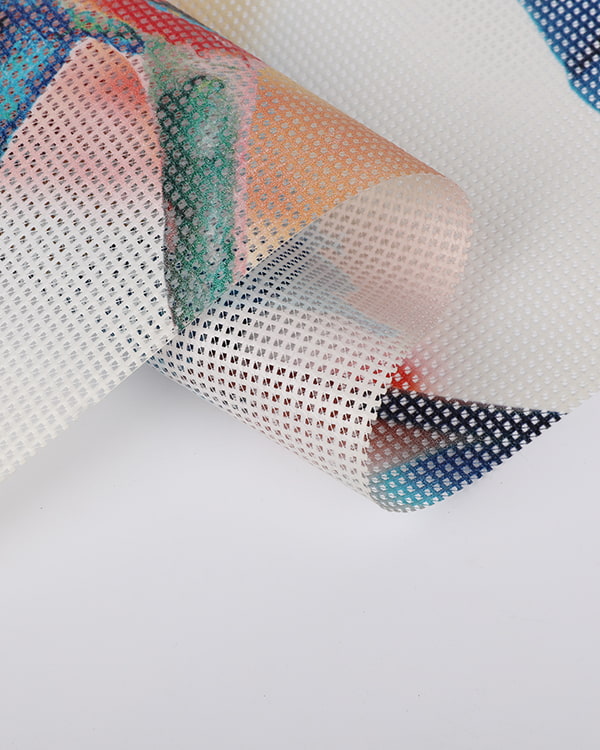
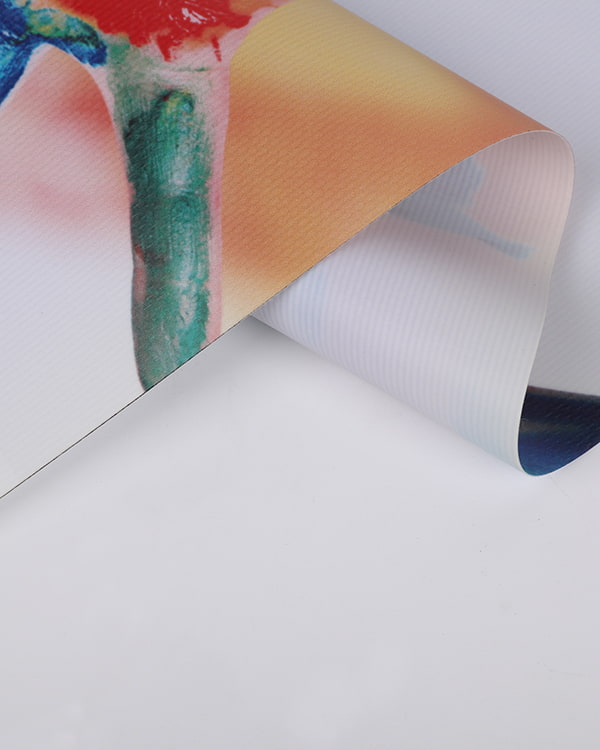
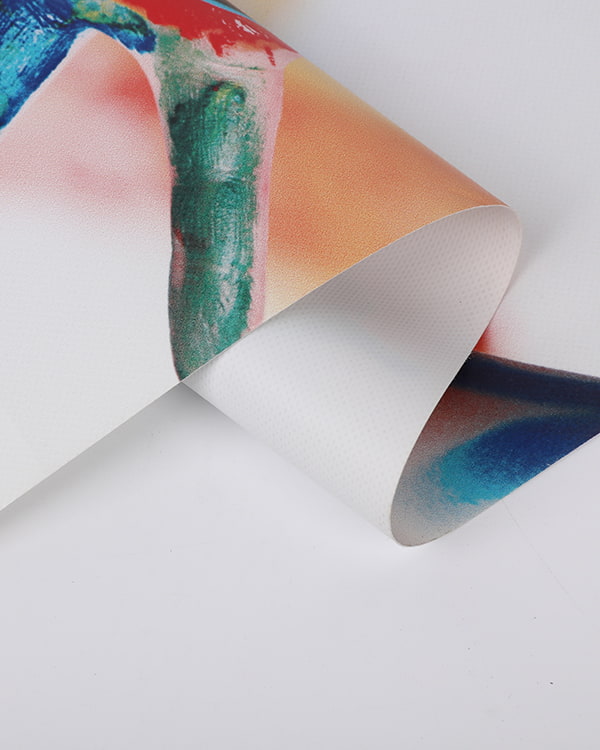
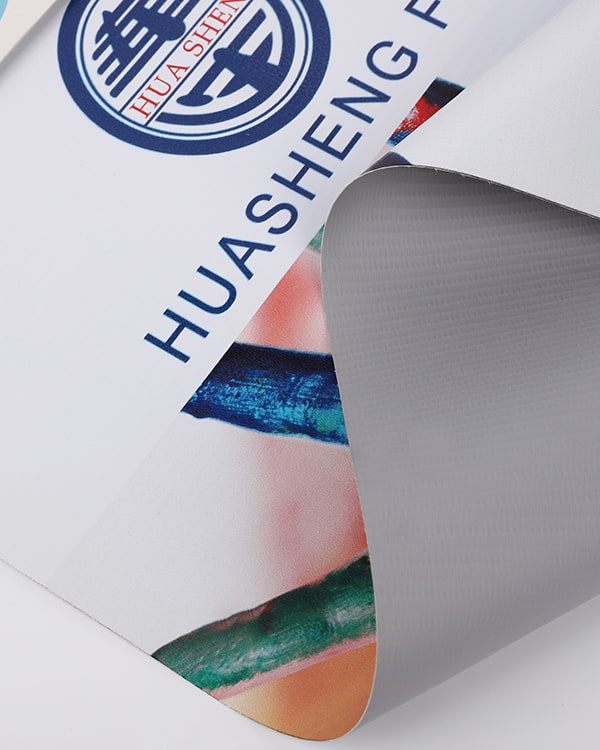
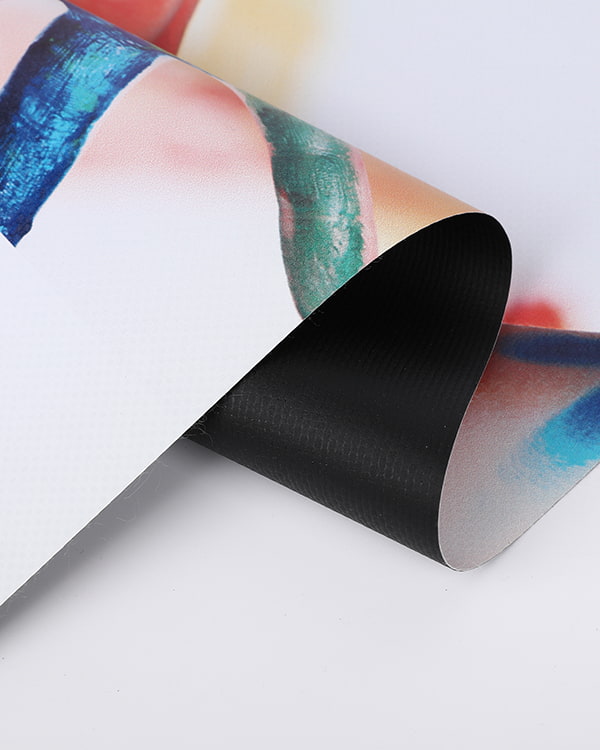
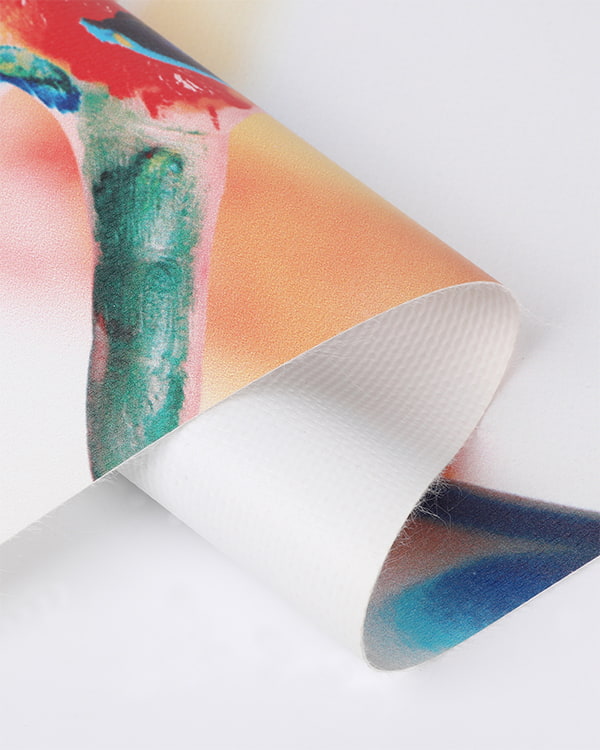
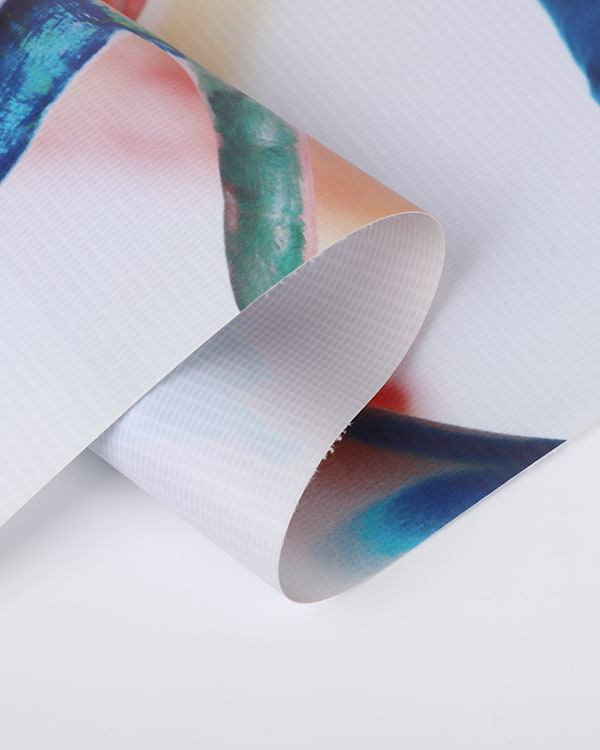
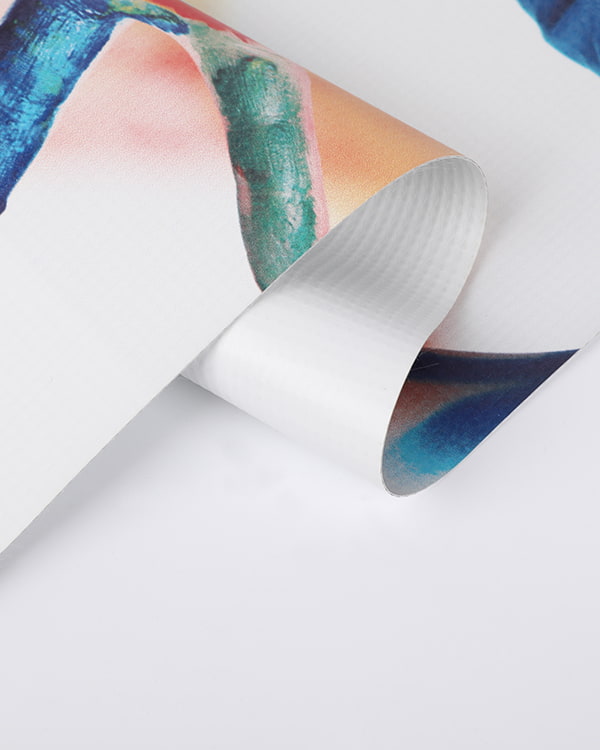
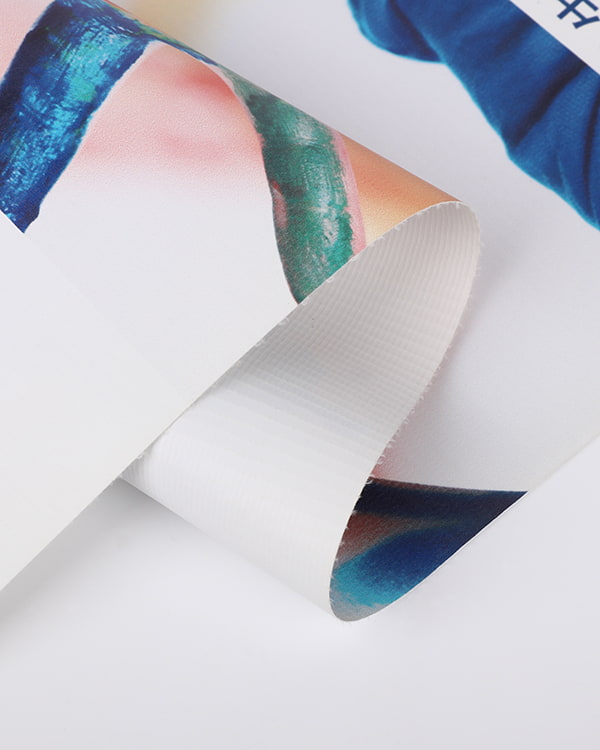
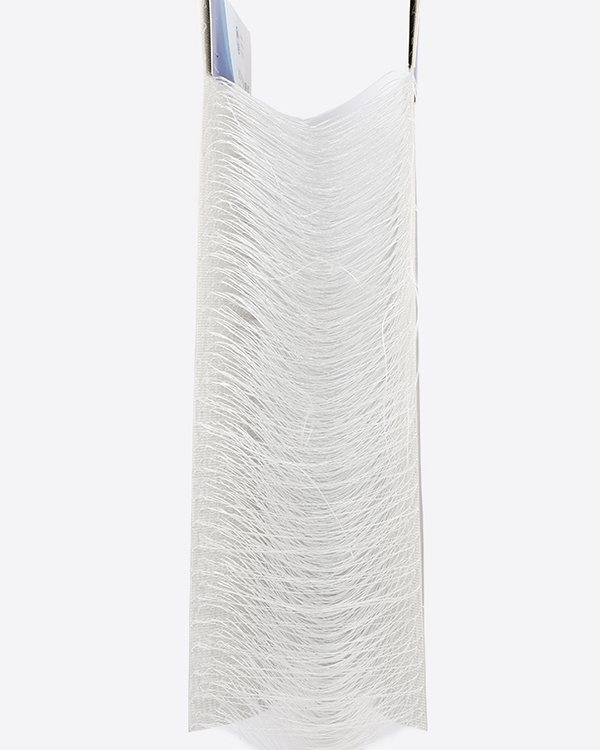
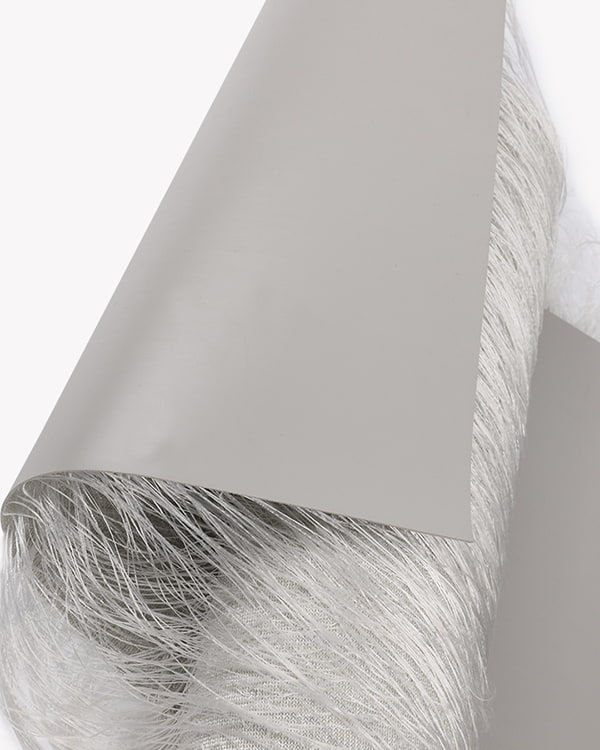
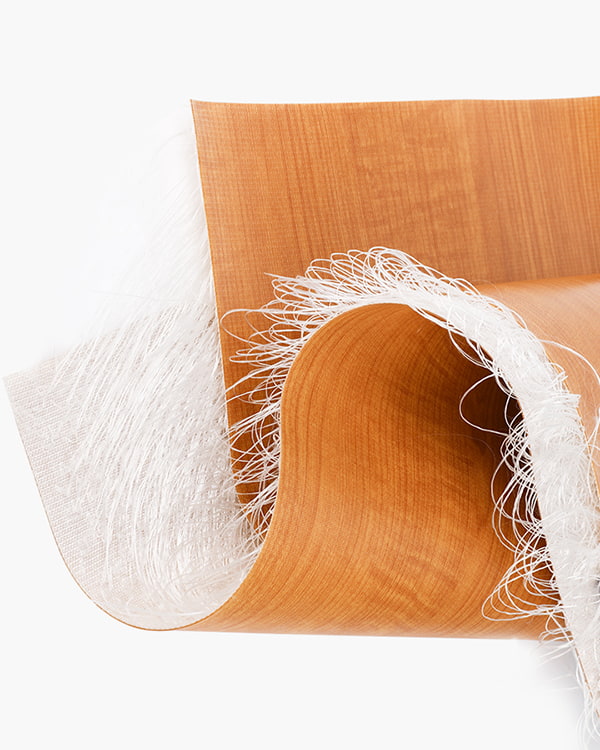





 浙公网安备33048102240301
浙公网安备33048102240301